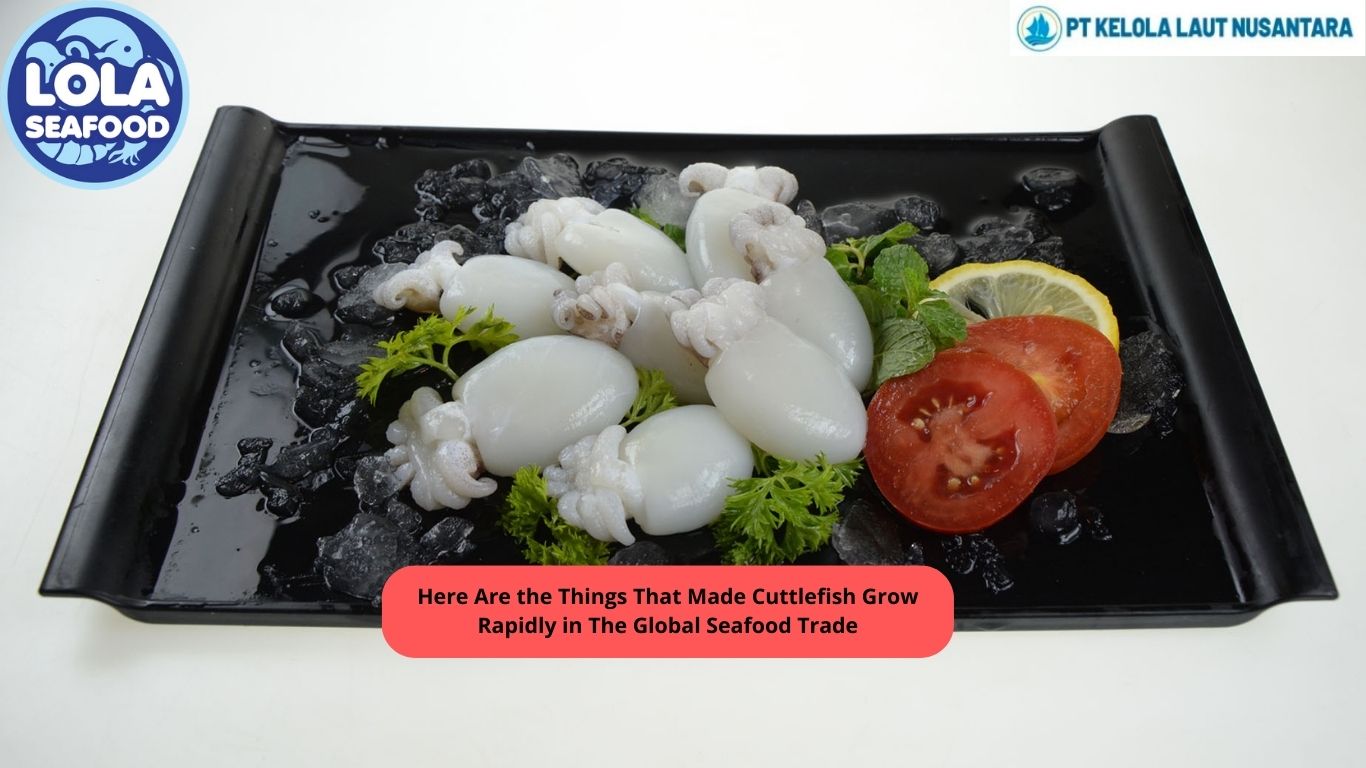5 Main Differences Between Skipjack Tuna and Mackerel Tuna
By. Nevanda - 21 Jun 2023
kelolalaut.com - Mackerel Tuna and Skipjack Tuna are marine fish species that have high economic value and are often consumed as food. Skipjack Tuna and Mackerel Tuna are commonly heard by Indonesians, and both look similar. However, Mackerel Tuna and Skipjack Tuna are two different types of fish.
Here are some differences between Skipjack Tuna and Mackerel Tuna that you might need to know:
1. Scientific Name and Classification
Skipjack Tuna has the scientific name Katsuwonus pelamis and is a fish that belongs to the Scombridae family. Meanwhile, the scientific name of the Mackerel Tuna that is often caught in Indonesia is Auxis thazard or Euthynnus affinis, which is also included in the Scombridae family.
Read also: Fried Clams Recipe to Try at Home
2. Body Shape
Skipjack Tuna has a slender and long body shape with a metallic blue or greenish back and silver belly. Meanwhile, the body shape of Mackerel Tuna is usually shorter and fatter with a grayish blue back and silver belly.
3. Fin Shape
Skipjack Tuna have bifurcated tail fins and long dorsal fins. Meanwhile, the caudal fin of Mackerel Tuna is non-bifurcated and the dorsal fin is shorter.
Read also: Shrimp’s Life Cycle In 5 Stages
4. Fish Size
Skipjack Tuna can reach a length of about 1 meter and weigh about 10-15 kilograms. While Mackerel Tuna is usually smaller than Skipjack Tuna, with a length of about 40-60 cm and a weight of about 2-5 kilograms.
5. Habitat or Distribution
Skipjack Tuna are generally found in tropical and subtropical waters, including the Indian Ocean, Pacific Ocean, and Atlantic Ocean. Mackerel Tuna can also be found in tropical and warm waters in various regions, including the Indian Ocean, Pacific Ocean, and Mediterranean Sea.
Despite these differences, Skipjack Tuna and Mackerel Tuna have been widely processed by the Indonesian people. Due to the similar shape and taste of the meat, the utilization of Mackerel Tuna and Skipjack Tuna is almost the same. Skipjack Tuna and Mackerel Tuna are often used as raw materials in the production of processed foods such as canned fish, fish steaks, or for drying.
Read also: 4 Types Of Fish Drying Methods
.jpg)
 (1).png)


.jpg)
.jpg)
.jpg)

 (3).png)